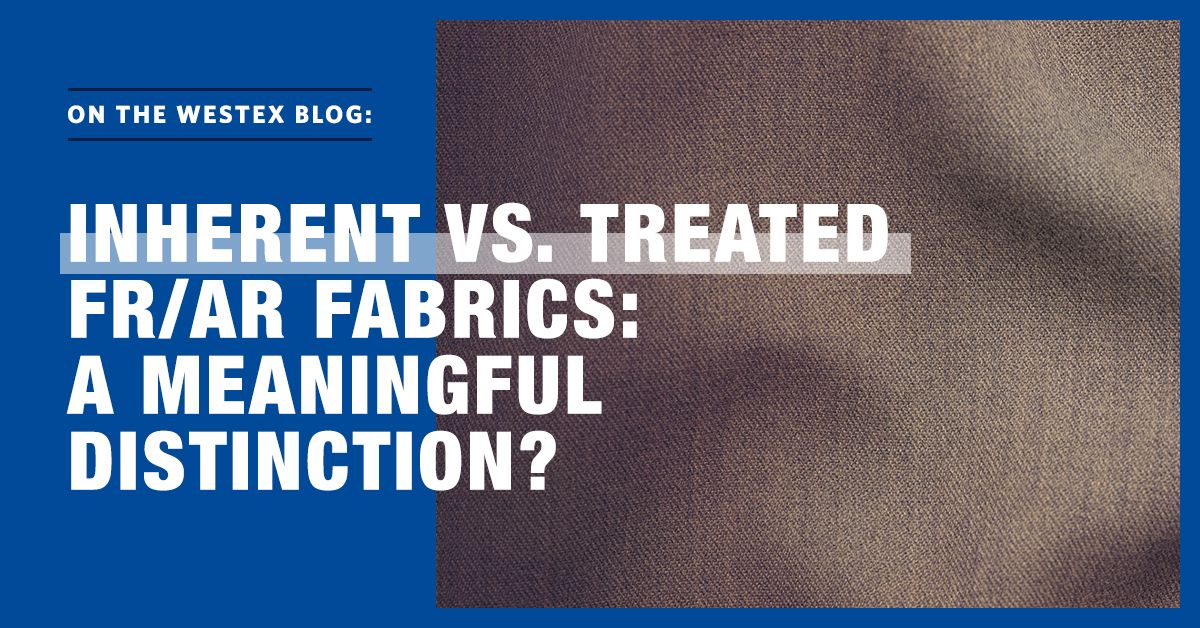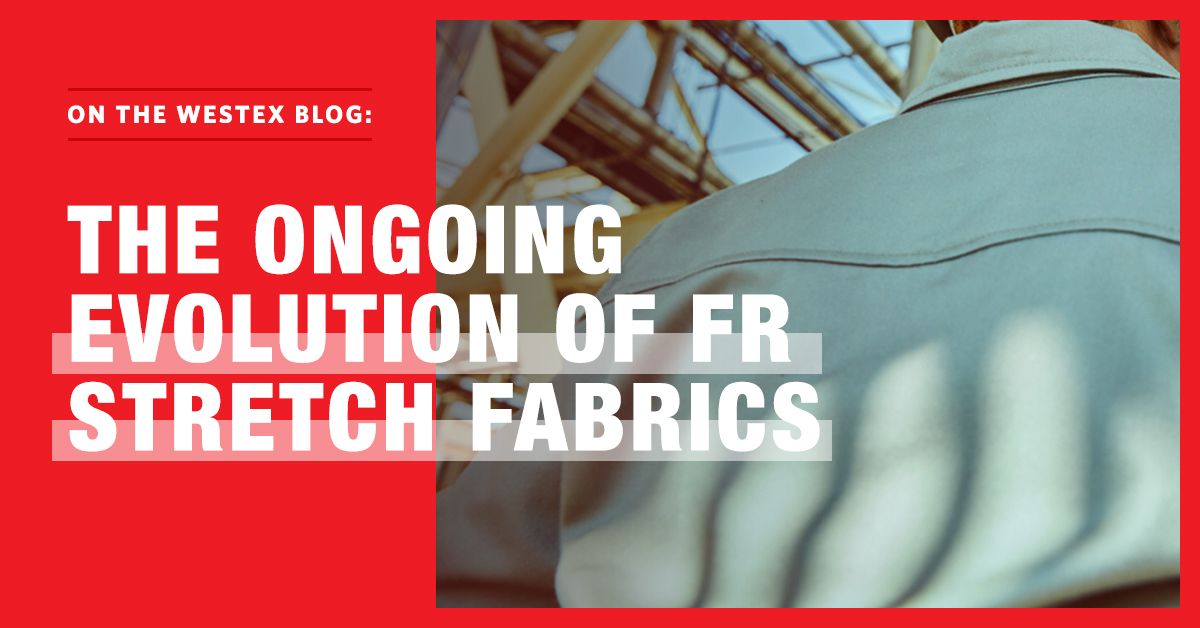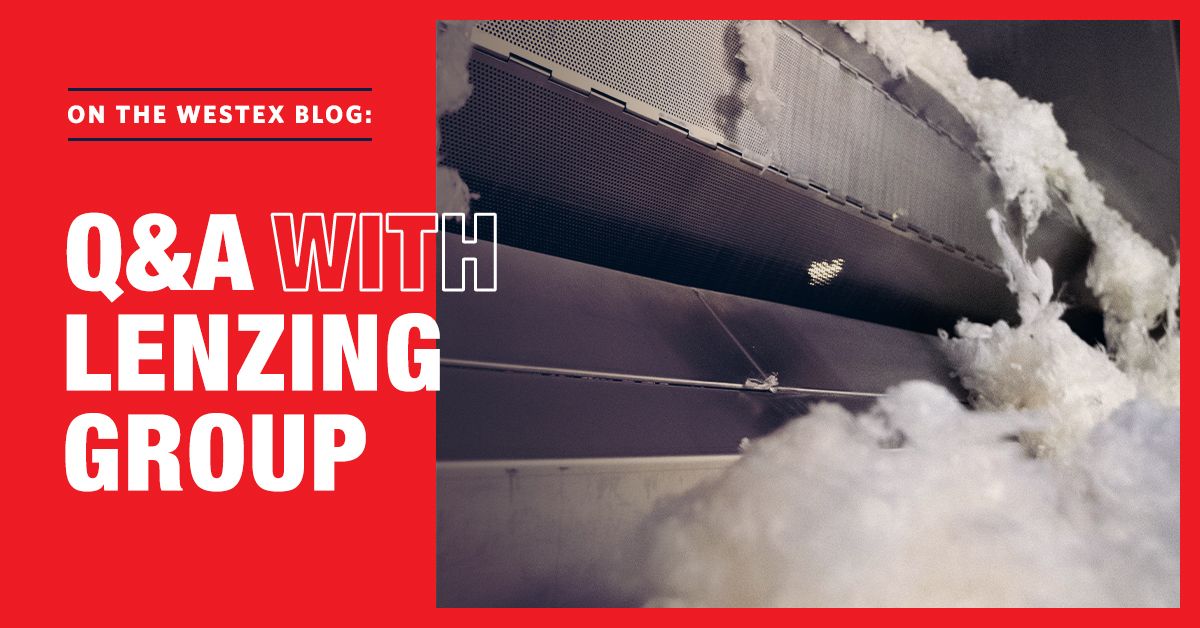
Inherent vs. Treated Flame Resistant, Arc-Rated (FR/AR) Fabrics: A Meaningful Distinction?
FR TechnicalEMEA 25 Oct 2023
Well, before we decide if anything is meaningful, let’s discuss what the terms actually mean.
Thirty years ago, it may have been considered “easy” to classify a fabric due to limited choices and technologies available – a full aramid or a full cotton fabric.
A full aramid FR fabric would contain inherent fibers, or fibers that incorporate flame retardants into the fiber formation process or where flame resistance is a property of the fiber itself.
Alternatively, a full cotton FR fabric would be treated, or contain fibers that in their natural state would support combustion but need the addition of a flame retardant to become flame resistant. This process typically occurs on the product in its fabric form – most likely after the dying stage.
With both types, the fabric they create ends up with characteristics of flame resistance.
Let’s fast-forward to today.
The FR/AR fabric market (and associated technologies) have evolved. We’re routinely blending fibers to maximize characteristics…good for wearers, but more difficult for understanding. Classification is tough – what is a fabric that not only incorporates “inherent” fibers, but also has a flame retardant added? Is there a percentage of either fiber that’s absolutely necessary?
We know it’s not easy, and that there’s not guidance, and at this point it’s not event necessary to define or categorize a fabric.
So…what do I do?
With the true meaning of these terms growing less and less meaningful over time, the key to specifying exactly which fabric you need is in knowing the unique challenges your team might encounter. Understand that the fabric under evaluation has durable flame resistance, meaning it will last for the useful life of the garment. Make choices on three levels: protection, comfort and value. Pay attention to the industry standards the fabric meets, the level of FR/AR protection it offers, and how it feels on your employees.
Digging into these details for each option is much safer than relying on oversimplified marketing jargon that could lead you to a misinformed decision and loss of protection on the job. No matter how or where you’re evaluating fabrics, make sure your decision is based on standardized, scientific test results specific to your environment.
If you’ve got any questions on how your industry has changed regarding fiber classification or you want to learn more about how to select the most applicable PPE for your employees, contact us.


